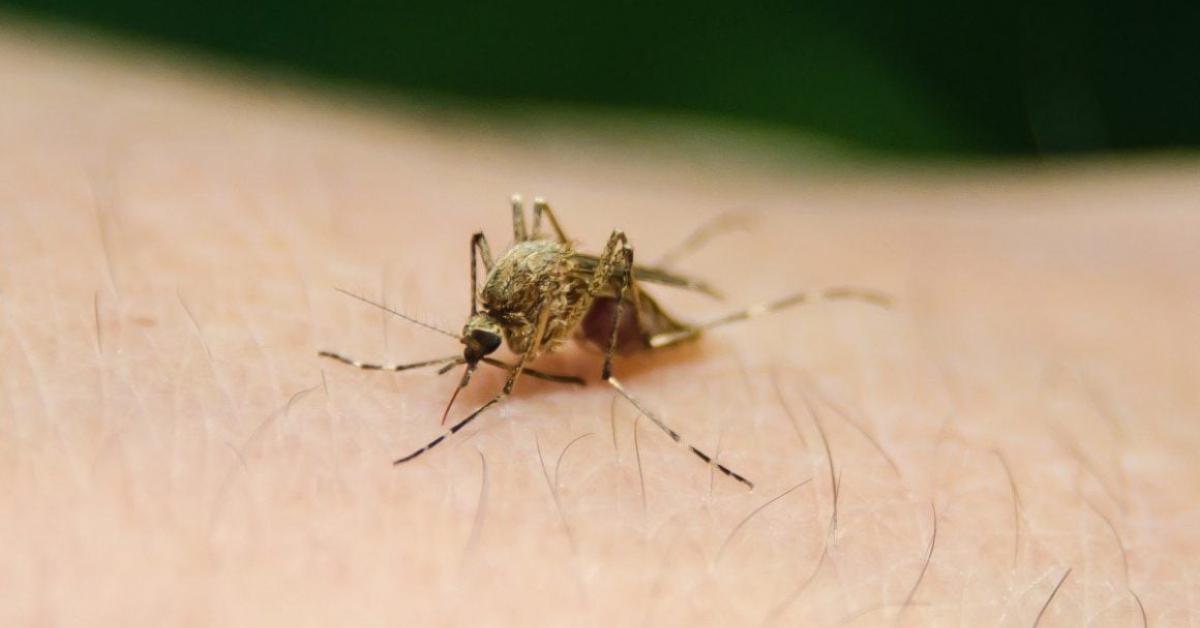Puerto Vallarta, Mexico — The number of dengue fever infections continues to rise in the Puerto Vallarta region, with the latest figures showing an increase of 34 new cases, according to the epidemiological report for week 37, covering the period from September 8-14, 2024.






